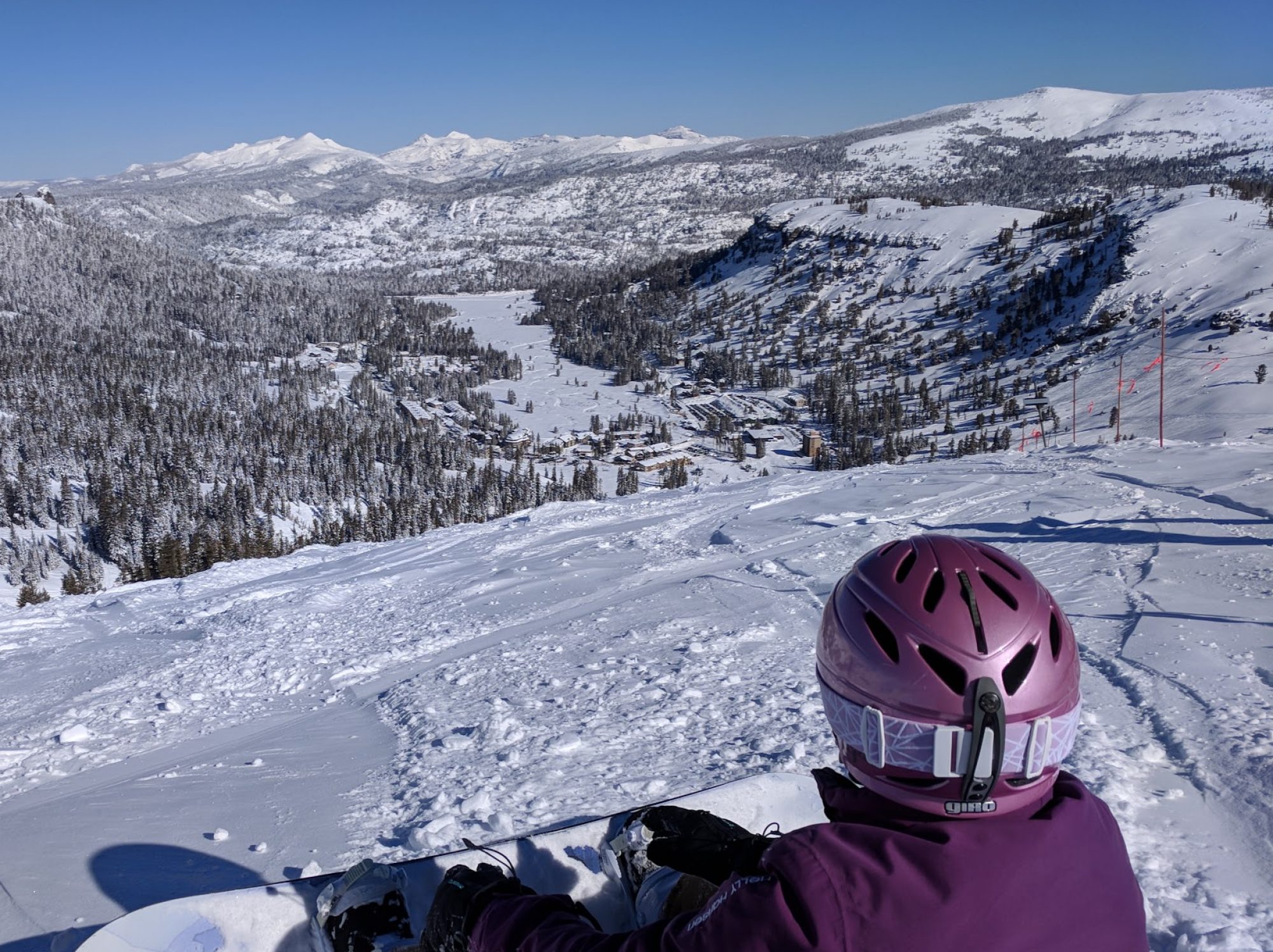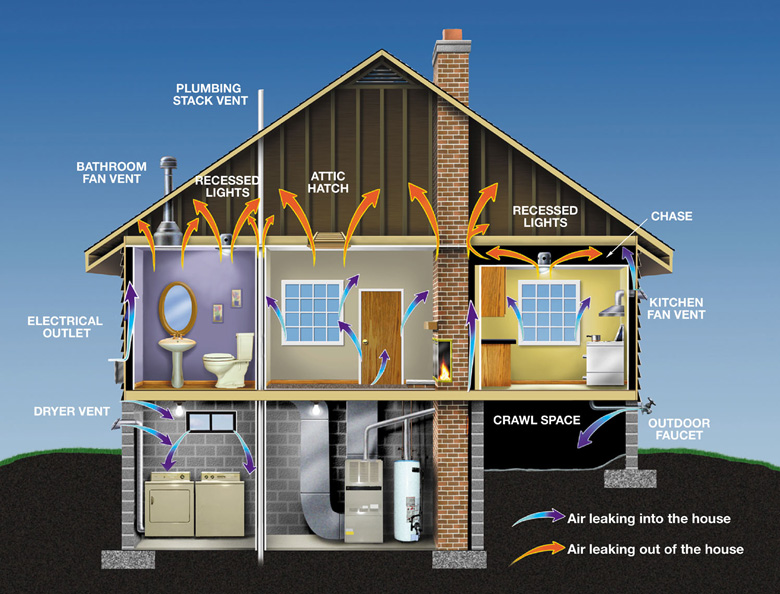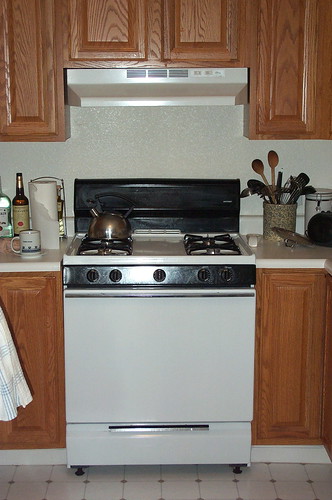
As much as we want a solar panel system for our house, they're still not currently priced where it makes economic sense for us — solar panel systems are still too expensive for the amount of energy that we use. I'm hung up on solar because they're really cool and it just feels like the right thing to do (invest in). But it's really hard to justify given their current expense.
We received a quote a couple years ago for 16 175 Watt, BP solar panels which would generate 3,529 kWh a year or 294 kWh a month average. We fluctuate between 170 to 360 kWh but we usually stay under 300 kWh a month and average in the 240-250 kWh range for the year. Homes of our size are in the 400 to 600 kWh range so an average of 500 kWh.
On the finances side, we're looking at $36 a month electricity bill or $440 for the year. The cost estimate for a 16 panel solar system was $20,000 which would go down to $14,000 after the state rebate and Federal tax credit.
I like 7 – 10 year break evens which would mean the cost of the solar panel system would have to be in the $3,000-$4,000 range which is in the range of installing an HVAC system or tankless hot water system so not far fetched that one day it'll be this cheap to install. The $14,000 is about $10,000 more than we could financially justify. From a "save the earth" perspective, our efforts to continue to conserve energy (LED lights, insulation, programmable thermostat, efficient windows, efficient appliances) is still the better way to go.
It's possible that we'll increase our electricity usage and of course we're at risk for electrical rate increases, but at this time solar panels still need to go down in price unless we make it a DIY project and buy and install solar panels ourselves. For $3,000, DIY would make sense. Given the interest in solar companies though, solar panel systems will get cheaper as more panels are available and made cheaper and more companies are available to install them.
Some links:










